so I found a simple solution and hard one.
1. Simple one
import SwiftUI
extension NSTextView {
open override var frame: CGRect {
didSet {
// Top inset
textContainerInset = NSSize(width: 0, height: 72)
// Left fragment padding <<< This is what I was looking for
textContainer?.lineFragmentPadding = 72
}
}
}
struct TextEditingView: View {
@State private var fullText: String = "One \nTwo \nThree"
var body: some View {
TextEditor(text: $fullText)
.frame(width: 720, height: 480)
.font(.system(size: 24, design: .monospaced))
}
}
As result you get this:

A repository of the demo:
https://github.com/yaosamo/Swift-TextView-Demo
2. Second solution
Using NSParagraphStyle, headIndent, firstLineHeadIndent
I believe this is how indents on Pages on Mac implemented. I do not know tho how they persist default indent. If you open ruler you will see that it set to 1 and you can't go below it.
Using code of
(AppKit) Tab insertion inside of NSTextBlock
class ParagraphStyle {
let bgColor: NSColor
let paragraphStyle: NSParagraphStyle
init(bgColor: NSColor) {
self.bgColor = bgColor
//Set paragraph style
self.paragraphStyle = {
let mutableParagraphStyle = NSMutableParagraphStyle()
let specialBlock = CustomTextBlock(bgColor: bgColor)
mutableParagraphStyle.textBlocks.append(specialBlock)
mutableParagraphStyle.headIndent = 50 // Add indent here
let style = mutableParagraphStyle as NSParagraphStyle
return style
}()
}}
you can add headIndent to text style. And it will work for copy that you insert there. Problem like I said if you start typing Indents break and I don't know how to preserve it.
First one works for me exactly how I want it. Next will figure out how to use headIndent/FirstlineheadIndent
Thanks to this community I was able to find a solution! Don't give up you also can make it! :D


